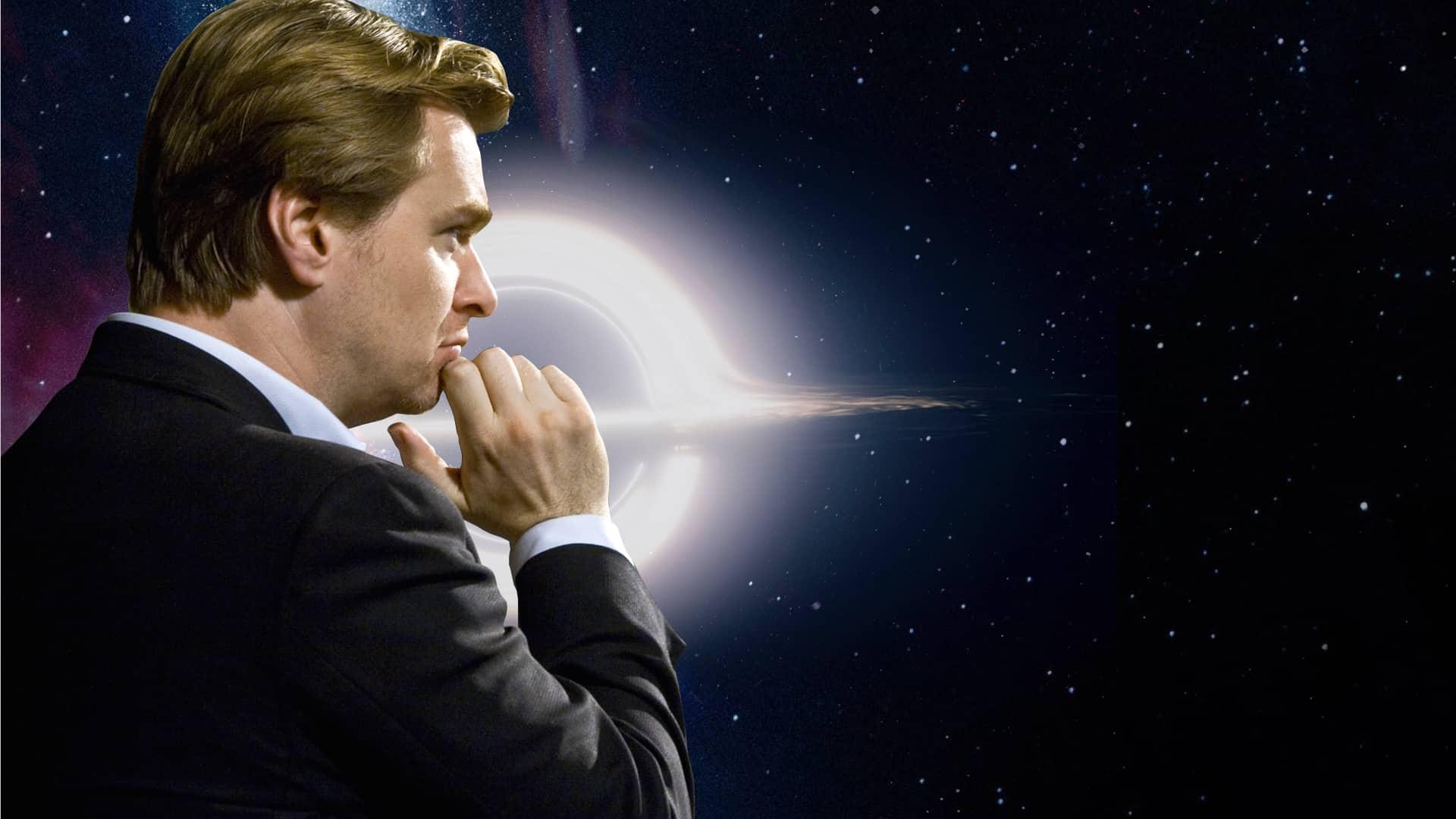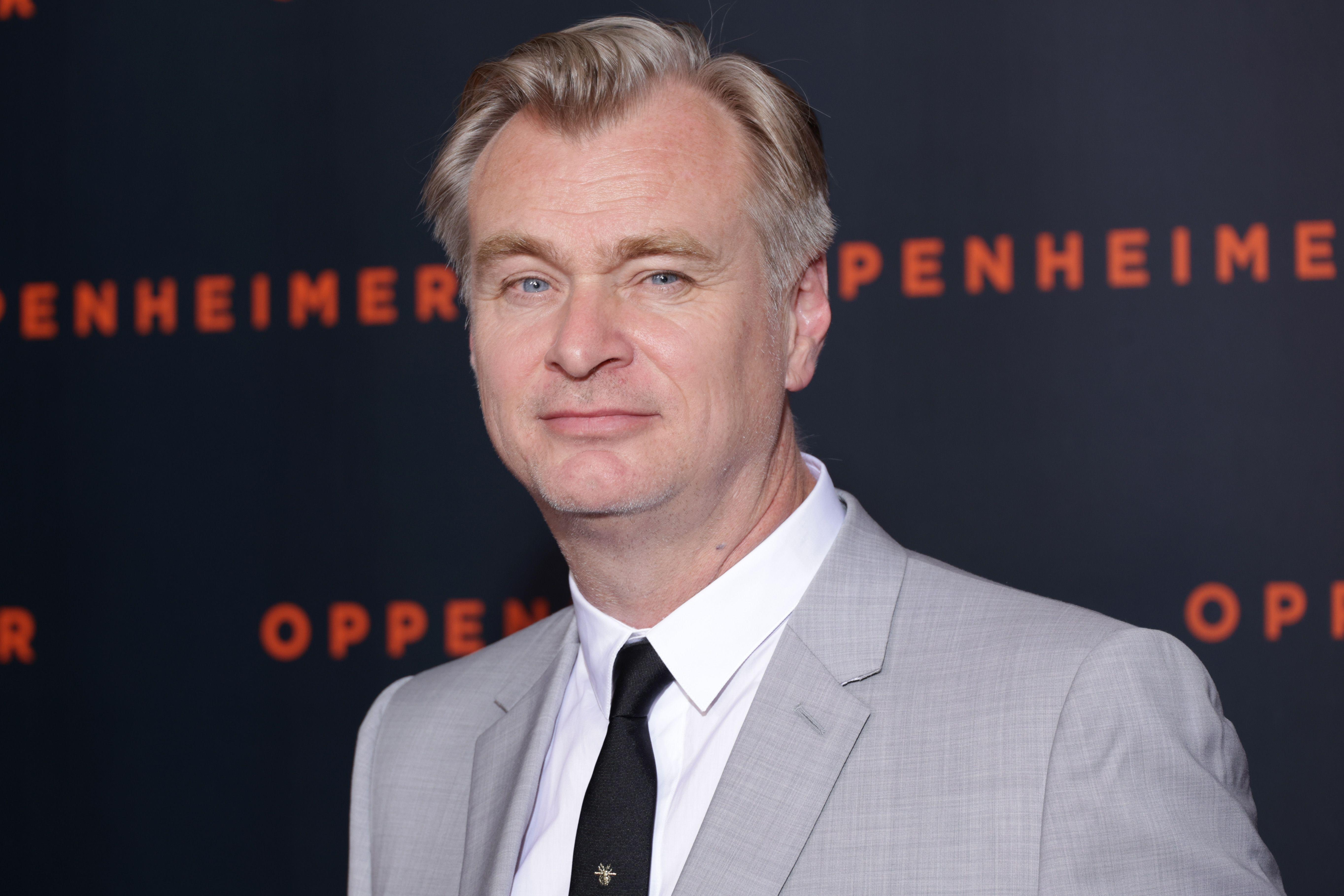Inception Have an Overly Confusing Plot or Is It Genius Storytelling”>Christopher Nolan, a name synonymous with innovative storytelling and cinematic prowess, has carved a unique niche within the film industry as a master of mind-bending cinema. Renowned for his intricate narratives and visually striking spectacles, Nolan has consistently pushed the boundaries of traditional filmmaking, challenging audiences to engage with complex themes and unconventional structures. His oeuvre, spanning from the gritty realism of “Memento” to the sprawling epic of ”Inception,” reflects a profound commitment to exploring the depths of human consciousness and perception. This article delves into the distinctive elements that define Nolan’s cinematic approach, examining how his meticulous craftsmanship and intellectual rigor have redefined modern cinema and captivated a global audience. Through an analytical lens, we explore the techniques and thematic preoccupations that have established Christopher Nolan as a visionary auteur, reshaping the landscape of contemporary film.
Exploring Narrative Complexity in Nolans Films
Christopher Nolan’s films are often celebrated for their intricate and layered storytelling, which challenges audiences to actively engage with the narrative. At the heart of his approach is a unique blend of non-linear timelines, unreliable narrators, and philosophical themes. This complexity is not merely for spectacle but serves to deepen the emotional and intellectual impact of his stories. For instance, in Inception, the interplay between dreams and reality is woven with such precision that viewers are left questioning the nature of consciousness itself. Similarly, Memento employs a reverse chronological structure to immerse the audience in the protagonist’s fragmented memory, effectively making them a participant in the unraveling mystery.
- Non-linear Timelines: Nolan often disrupts traditional storytelling by presenting events out of sequence, compelling viewers to piece together the narrative puzzle.
- Unreliable Narrators: Characters with subjective viewpoints add layers of complexity, prompting viewers to question the truth within the story.
- Philosophical Themes: His films frequently explore existential questions, encouraging audiences to reflect on concepts like time, identity, and reality.
By employing these techniques, Nolan crafts films that are not only visually stunning but intellectually stimulating, ensuring that each viewing reveals new insights and interpretations. His commitment to narrative complexity elevates his work, setting a benchmark for modern cinema that invites audiences to explore the depths of storytelling.
The Role of Time and Space in Nolans Storytelling
Christopher Nolan’s films are renowned for their intricate narratives, where the manipulation of time and space is not merely a stylistic choice but a fundamental component of storytelling. By bending these elements, Nolan crafts experiences that challenge the viewer’s perception and understanding of reality. Time, in his narratives, often acts as both a character and a plot device. In ”Inception,” for instance, time dilation within dreams adds layers of complexity and urgency to the plot. Similarly, in “Interstellar,” the relativity of time becomes a poignant narrative tool, impacting the emotional and physical journeys of the characters.
Space in Nolan’s films often reflects the psychological states of his characters, blurring the lines between external environments and internal experiences. In “Dunkirk,” the vastness of the beach and the claustrophobia of the sinking ships create a visceral tension that mirrors the characters’ desperation. Nolan’s use of space often involves intricate, non-linear structures, such as the fragmented cityscapes in “Inception” or the looping corridors of “Tenet.” This manipulation of space serves to disorient the audience, pulling them deeper into the narrative maze. Nolan’s mastery lies in his ability to weave these elements seamlessly, creating stories that are as intellectually stimulating as they are visually captivating.
- Time as a narrative device: Utilized to create tension and explore themes of relativity and perception.
- Space as a reflection of psyche: Environments mirror characters’ emotional states and contribute to narrative complexity.
- Non-linear structures: Enhance storytelling by challenging traditional narrative forms.

Psychological Depth and Character Development
Christopher Nolan’s films are renowned for their intricate narratives and the profound exploration of his characters’ psyches. His ability to intertwine psychological complexity with character development is a hallmark of his storytelling. Inception, for instance, delves deep into the human subconscious, using dreams as a metaphor for unresolved emotions and memories. Characters like Cobb are meticulously crafted, revealing layers of guilt, longing, and redemption as the plot unfolds. Nolan’s commitment to crafting multidimensional characters ensures that audiences are not merely passive observers but active participants in the unraveling of their inner worlds.
- Interstellar: Explores the emotional depths of human connection and sacrifice.
- The Prestige: Examines the obsession and the psychological toll of ambition.
- Memento: Challenges perceptions of memory and identity through its fragmented protagonist.
Nolan’s dedication to character development is not just about creating compelling figures; it’s about integrating these characters into the very fabric of his narrative architecture. His films often pose existential questions, using the characters’ journeys to explore themes of time, reality, and morality. By doing so, Nolan invites viewers to engage with the psychological intricacies of his characters, making each viewing experience a journey into the depths of human consciousness.

Cinematic Techniques that Define Nolans Style
Christopher Nolan’s films are renowned for their intricate storytelling and visually captivating style, which is achieved through a distinctive set of cinematic techniques. Non-linear narratives are a hallmark of Nolan’s work, where the storyline unfolds in a non-chronological order, challenging the audience to piece together the plot as they watch. This technique, evident in films like ”Memento” and “Inception,” creates a sense of mystery and engages viewers in active participation.
- Practical Effects and IMAX Filming: Nolan is a staunch advocate of using practical effects over CGI to maintain authenticity. His preference for shooting on IMAX cameras enhances the grandeur and immersive quality of his films.
- Sound Design: The soundscapes in Nolan’s films, often crafted in collaboration with composer Hans Zimmer, play a pivotal role in building tension and atmosphere. The intricate layering of sound elements creates a visceral experience that complements the visual storytelling.
- Philosophical Themes: Nolan’s narratives frequently explore existential questions, delving into concepts of time, memory, and identity. This intellectual depth invites audiences to reflect long after the credits roll.
